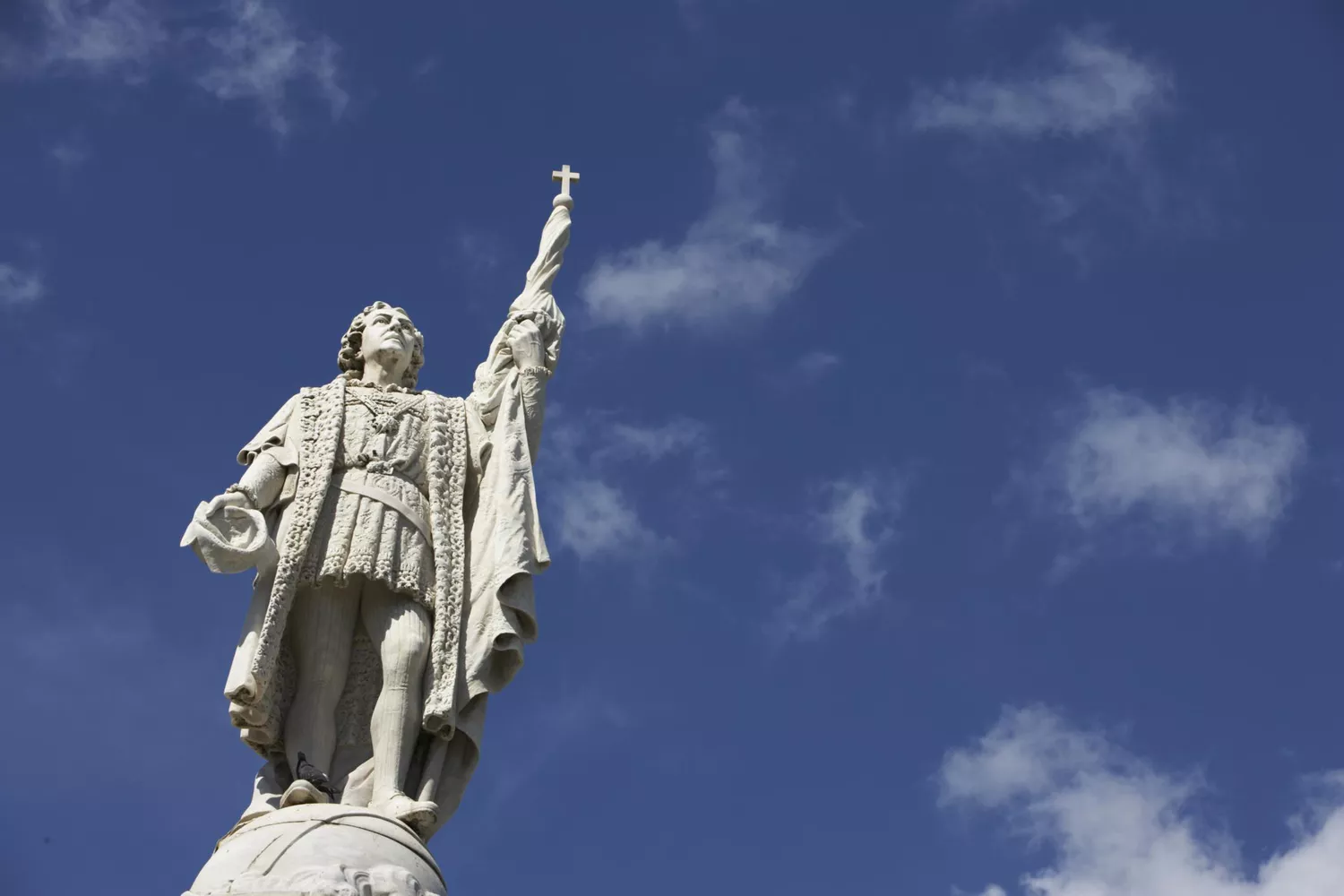“Christopher Columbus: Debated for Discoveries, Failures, Complex Impact on Cultures, Sparks Ongoing Historical Controversy and Discussion About His Legacy.”
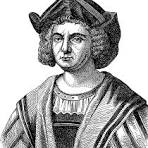
Christopher Columbus’s voyages indeed reshaped the course of history, marking the beginning of sustained contact between Europe and the Americas. His belief in a westerly route to Asia led him to encounter the lands of the Caribbean and parts of Central and South America. Although Columbus wasn’t the first to reach the Americas (as indigenous peoples were already living there), his voyages initiated European exploration, colonization, and exploitation of the New World.
Christopher Columbus’s expeditions brought both glory and devastation. While they opened up new trade routes and opportunities for Europe, they also brought suffering to indigenous populations through colonization, disease, and exploitation. Despite the significant impact of his voyages, there’s ongoing debate and scrutiny regarding Columbus’s actions and the consequences of his arrival in the Americas. The narrative around Columbus has evolved over time, with increasing acknowledgment of the complexities and repercussions of his expeditions on indigenous peoples and their civilizations.
Early Life
Christopher Columbus’ s early life was shrouded in some mystery and uncertainty. Born in Genoa, Italy, he indeed hailed from a middle-class family and received some education in navigation and seamanship. His upbringing in a city renowned for maritime trade likely influenced his interest in exploration.
It’s true that Columbus embarked on several voyages across the Mediterranean and possibly ventured as far as the coasts of Africa. His experiences as a sailor and navigator provided valuable skills that later played a pivotal role in his ambitious plans to reach Asia by sailing westward.
The relationships with his family members, especially his brothers Bartholomew and Diego, were significant. They often accompanied him on his voyages, contributing to his ventures and sharing in his experiences. However, Christopher Columbus’s personal life and familial connections remain somewhat enigmatic due to limited historical records and his own reluctance to discuss his background in detail.
Appearance and Personal Habits
Christopher Columbus’s physical appearance isn’t extensively documented, and descriptions of his features vary among historical accounts. Some descriptions suggest he was taller and leaner with reddish hair that turned white prematurely. However, concrete evidence on his exact appearance is sparse, and these details might be speculative or based on limited accounts from that era.
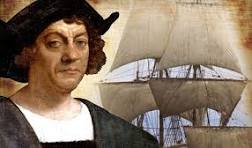
Regarding his personality and religious beliefs, Columbus was indeed known for his devout faith. He was deeply religious and saw his voyages as a divine mission. His journals and letters often contained references to his faith and the belief that his discoveries were part of a larger divine plan. His reliance on prayer and his dedication to religious practices, including attending mass regularly, align with this portrayal.
As for his beliefs about the end of the world, Columbus did hold certain apocalyptic views that were common during his time. Many people in the late 15th century had millenarian beliefs, anticipating significant global changes or the end of the world due to religious interpretations.
However, some accounts of Columbus’s extreme religiosity, such as wearing the attire of a barefoot friar, are less substantiated and might be exaggerated or mythologized over time. His religious fervor, though evident, may have been depicted in various ways by different historical sources.
Christopher Columbus’s complex personality and beliefs have been subject to interpretation and debate among historians due to the limited firsthand accounts available and the varying perspectives presented in historical records.
Personal Life
Christopher Columbus’s personal life was indeed marked by significant relationships. He married Felipa Moniz Perestrelo, a woman with maritime connections, and they had a son, Diego. Tragically, Felipa passed away, leaving Columbus to raise Diego as a single father.
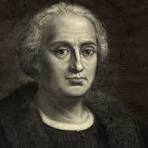
Later, Columbus did enter into a relationship with Beatriz Enríquez de Trasierra, with whom he had an illegitimate son, Fernando. This relationship was not formalized through marriage, but it did result in the birth of Fernando, who later played a role in Columbus’s life and legacy.
Throughout his travels and endeavors, Columbus did indeed cultivate friendships with influential individuals, including nobles, merchants, and other prominent figures. These connections often proved valuable during times of hardship, as these friends provided support, financial assistance, and resources for his ambitious voyages and ventures.
Christopher Columbus’s ability to network and maintain these connections served him well, especially when seeking patronage and support for his exploratory missions. His correspondence with various influential figures reflected his efforts to secure backing for his expeditions and navigate the challenges he faced.
A Journey West
Christopher Columbus did indeed contemplate the idea of reaching Asia by sailing westward and sought support for his proposed expedition from various European monarchs. His correspondence with Paolo del Pozzo Toscanelli, an Italian astronomer and mathematician, influenced his belief in the feasibility of reaching Asia by sailing west across the Atlantic Ocean.
After his initial proposal was rejected by King João of Portugal, Columbus pursued the opportunity in Spain. His attempts to gain support for his venture faced delays due to the Spanish monarchs’ preoccupation with the final stages of the Reconquista, the campaign to drive the Moors out of Granada, which was completed in January 1492.
Christopher Columbus persisted in his efforts to secure sponsorship for his expedition, and after years of waiting, Ferdinand and Isabella finally agreed to support his ambitious plan. It’s true that by 1492, Columbus had grown somewhat disheartened, considering seeking support from the French monarch, but it was at this critical juncture that Ferdinand and Isabella decided to sponsor his historic voyage across the Atlantic. This decision marked the beginning of Columbus’s famous journey, leading to the discovery of the Americas.
First Voyage
Christopher Columbus’s first voyage was indeed a significant event in history, marking the beginning of sustained contact between Europe and the Americas. Departing from Spain with three ships—the Niña, the Pinta, and the flagship Santa Maria—Columbus embarked on his westward journey on August 3, 1492.
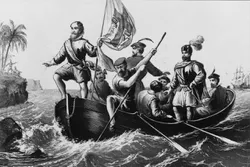
After several weeks of sailing across the Atlantic, Rodrigo de Triana, a lookout on the Pinta, spotted land on October 12, 1492. The exact location of this first landing, which Columbus named San Salvador, is a subject of debate among historians, with various theories suggesting different islands in the Bahamas.
Throughout his expedition, Columbus and his crew explored various islands in the Caribbean, including Cuba and Hispaniola (present-day Haiti and the Dominican Republic). Unfortunately, on December 25, 1492, the Santa Maria ran aground on Hispaniola, leading to its loss. Columbus established a settlement called La Navidad on the island, leaving behind some of his crew members.
Christopher Columbus eventually returned to Spain in March 1493, bringing news of his discoveries and the encounters he had made during the voyage. His initial expedition sparked immense interest in Europe and laid the foundation for subsequent explorations and colonization of the New World.
Second Voyage
Christopher Columbus’s second voyage, financed by the Spanish monarchs following the intrigue sparked by his initial discoveries, aimed to establish a permanent colony in the newly found territories. Setting sail in October 1493 with a sizable fleet of 17 ships and over 1,000 men, Columbus’s expedition returned to the site of La Navidad, only to find the settlement destroyed and all the men killed, presumably by indigenous inhabitants who were angered by the actions of Columbus’s crew during their initial stay.
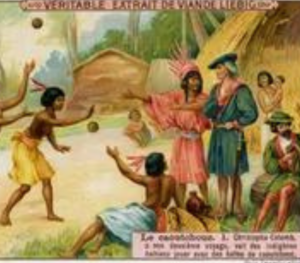
Undeterred, Columbus proceeded to found the city of Santo Domingo in Hispaniola. However, amidst difficulties with the establishment of the colony and strained relations with the indigenous populations, Columbus faced challenges in maintaining order and sustenance for the settlers. The situation became dire, leading Columbus to return to Spain in March 1496 to secure much-needed supplies and reinforcements for the struggling colony.
The failure to establish a thriving settlement and the violent encounters with the indigenous peoples characterized the difficulties faced by Columbus during his attempts to establish a foothold in the newly discovered lands. These challenges foreshadowed the complex and often troubled relationship between European colonizers and the indigenous inhabitants of the Americas.
Third Voyage
Christopher Columbus’s third voyage, beginning in May 1498, aimed at exploring further and expanding his understanding of the newly discovered territories. He dispatched part of his fleet to resupply Santo Domingo, while he ventured to explore the northeastern coast of South America, reaching areas near present-day Venezuela.
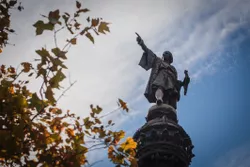
Upon his return to Hispaniola, Columbus faced growing discontent among both the settlers and the indigenous populations. His governance and that of his brothers, Bartholomew and Diego, were marred by mismanagement, tensions, and allegations of exploiting the colony’s resources for personal gain. The discontent among the people intensified due to the harsh treatment, forced labor, and economic policies imposed by Columbus and his administration.
As the situation deteriorated, Columbus sought help from Spain by sending pleas for assistance. In response, the Spanish crown appointed Francisco de Bobadilla as governor of Hispaniola. However, upon arrival, Bobadilla quickly perceived Columbus as the root of the colony’s problems. In a controversial and drastic move, Bobadilla arrested Columbus and his brothers, accusing them of maladministration and other offenses. They were sent back to Spain in chains in 1500, marking a stark and humiliating turn of events for the once-celebrated explorer.
The treatment of Columbus by Bobadilla, including the arrest and transportation in chains, remains a contentious and debated aspect of Columbus’s legacy, reflecting the complexities and controversies surrounding his governance and actions in the New World.
Fourth Voyage
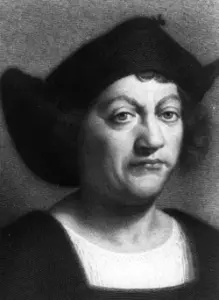
Despite the tumultuous events and controversies surrounding his governance, Columbus was determined to undertake one more journey of discovery. In 1502, in his fifties and seeking to restore his reputation and fortunes, he secured financing from the Spanish crown for his fourth and final expedition.
Setting sail in May 1502, Columbus returned to Hispaniola, where he encountered a major hurricane. He warned a fleet of 28 ships, poised to depart for Spain, about the impending danger, advising them to delay their departure. Unfortunately, his advice was disregarded, and 24 ships were lost in the hurricane, underscoring Columbus’s expertise in maritime matters and his understanding of the region’s weather patterns.
During this last expedition, Columbus continued exploring the Caribbean and parts of Central America, discovering more lands and territories. However, as his ships deteriorated, he found himself stranded on the island of Jamaica for about a year before finally being rescued.
In 1504, Columbus returned to Spain, concluding his final voyage of discovery. Despite his perseverance and navigational prowess, this expedition failed to bring about the significant discoveries or successes he had hoped for, marking the end of his exploratory endeavors in the New World.
Legacy of Christopher Columbus
Christopher Columbus’s legacy indeed presents a complex tapestry of accomplishments, failures, and the implications of his actions. For centuries, he was venerated as the individual who “discovered” America, a view that has been reexamined in modern times. Archaeological evidence and historical research have revealed earlier European expeditions to the Americas and have highlighted the rich and diverse cultures that existed in the continents long before Columbus’s arrival. Many Indigenous communities rightfully challenge the concept of “discovery” as their lands were already inhabited by thriving civilizations.
While Columbus’s voyages did set in motion the eventual transatlantic exchange between the Old and New Worlds, advancements in navigation and exploration would likely have led to such encounters even if Columbus hadn’t undertaken his journeys when he did.
Columbus’s motivations, primarily driven by financial gain and religious fervor, led him to seek wealth through trade and, regrettably, through the enslavement of Indigenous peoples. His actions in enslaving and mistreating the native populations have left a dark stain on his legacy.
His expeditions were marked by numerous failures, including the loss of ships, failed colonies, governance issues, and a steadfast refusal to accept that he hadn’t reached Asia. His inability to recognize the significance of the lands he encountered led to misunderstandings and misguided beliefs about the geography of the Americas.
While Columbus was once celebrated and even considered for sainthood, contemporary perspectives scrutinize his actions and their consequences. His name remains attached to various places and Columbus Day continues to be observed in some regions, yet his legacy is now viewed through a more critical lens, acknowledging both the positive and negative aspects of his impact on history. He’s increasingly regarded as a man with flaws rather than an infallible legend.

